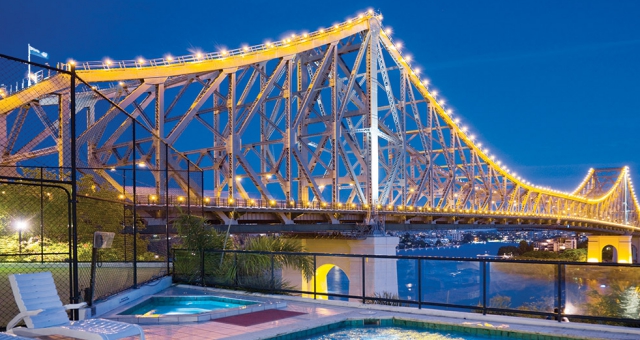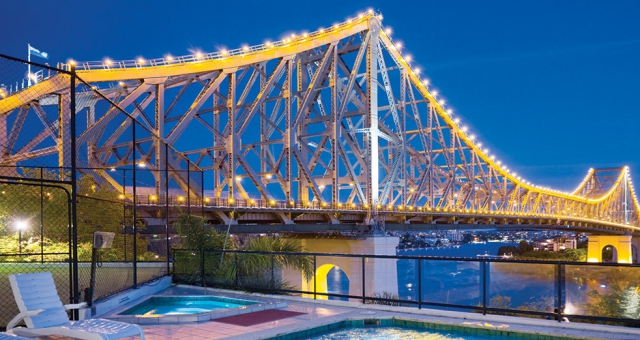
Hotel room supply and demand continues to cause ripple effects within the hotel industry, as new room openings at varying levels across Australia’s capital cities affect RevPAR nationwide, according to the latest STR hotel data for May 2019.
Australia’s three eastern capitals showed widely varied results, with strong weekend demand in Brisbane leading to occupancy growth of 1.7 per cent up to 73.2 per cent, marking a seven per cent average rate growth. The result left the Queensland capital as the best performing in Australia for the month. RevPAR in Brisbane was up 8.8 per cent for the month, to $121.24 per night.
The story was highly contrasting in Sydney, which continues to struggle to offset a boom in construction leading to new rooms steadily opening across the city, including in rapidly growing outskirts and secondary CBDs such as Parramatta. While RevPAR declined for the 14th consecutive month, demand continued to rise but not to the level required to negate supply growth. A moderate downturn in group bookings also contributed to the result.
The biggest result in terms of pure numbers this month came in Canberra, however results were heavily impacted by extenuating circumstances, that being the Federal Budget being brought forward to April, the election taking place in May and the associated suspension in government-related projects. This meant government officials and staff were in their electorates instead of in parliament. This led to a 10.6 per cent drop in occupancy, 13 per cent ADR decline and 22.2 per cent fall in RevPAR – none of which are likely to impact forward projections.
Results in Darwin showed signs of improvement, where declines were now down to single digits for the dry season compared to recent falls of nearly 30 per cent due to the end of a major mining project in the city.
Melbourne figures were mixed, with occupancy down a slight 1.2 per cent but ADR and RevPAR up 2.2 per cent and 1 per cent respectively.
In New Zealand, Queenstown took a hit in occupancy with a 13.7 per cent drop recorded and associated RevPAR decline of 13.6 per cent. Auckland and Christchurch also saw declines in occupancy, however Wellington bucked the trend, improving slightly by 0.4 per cent.

